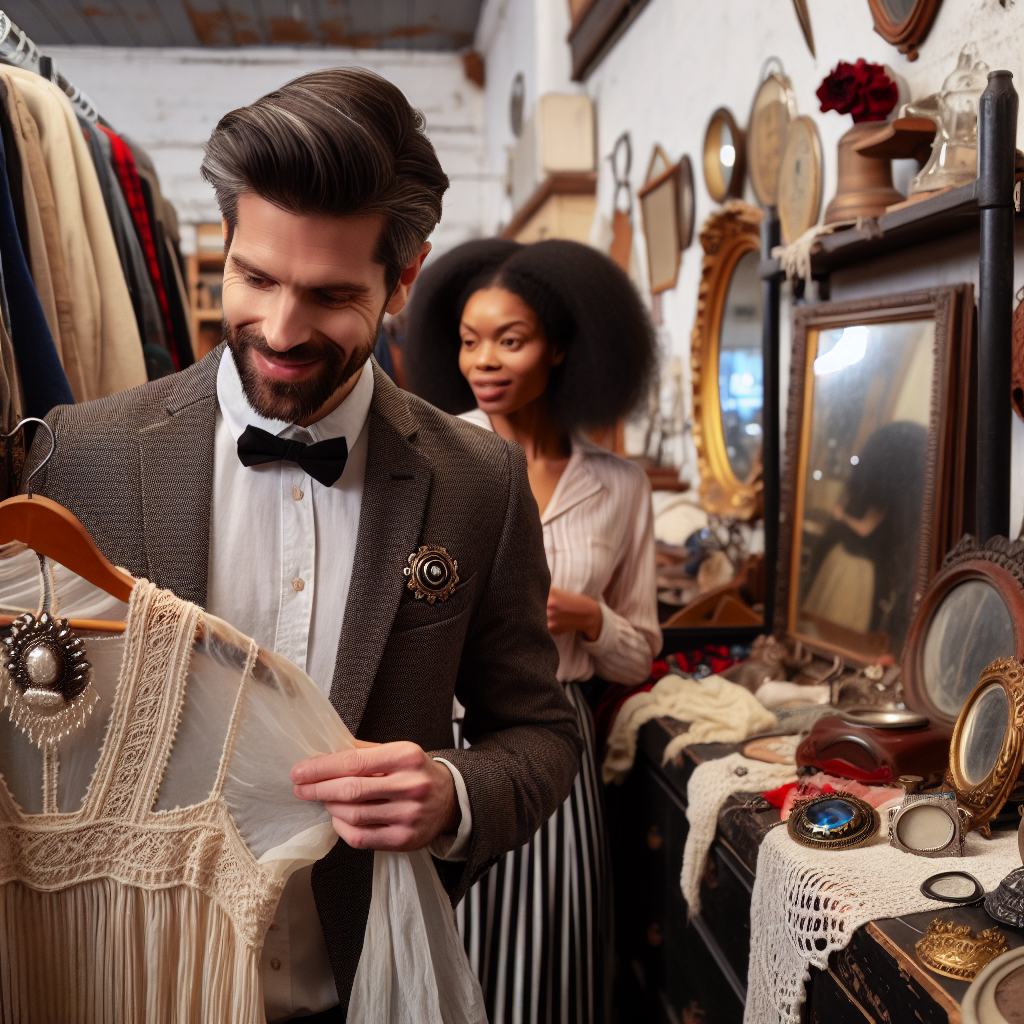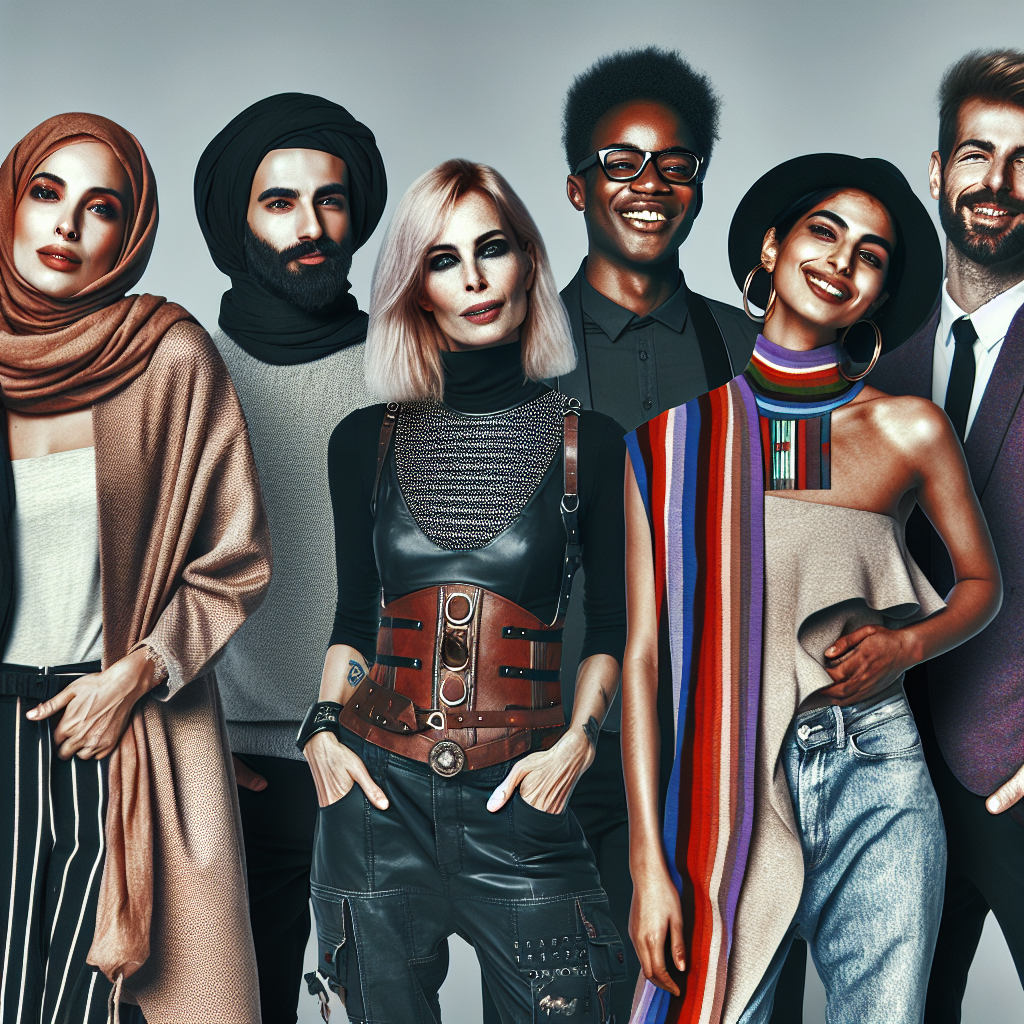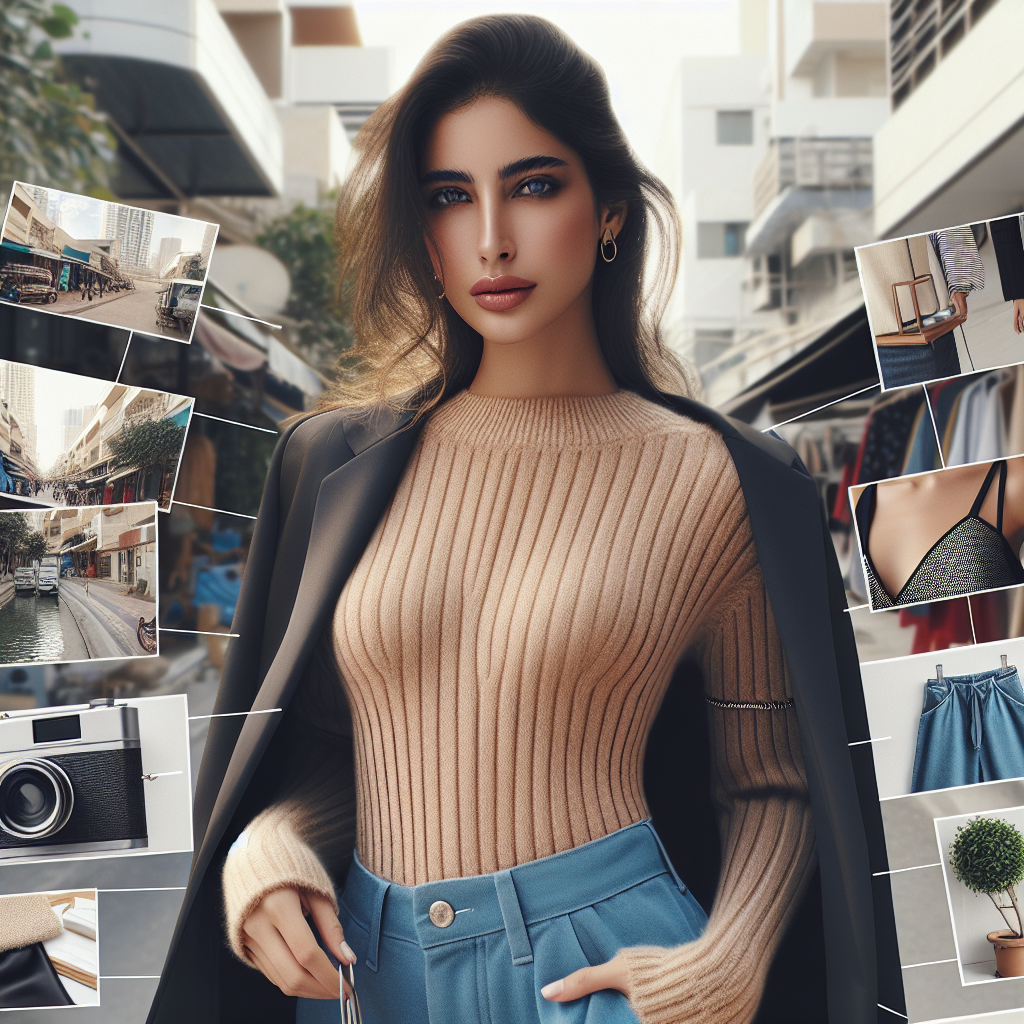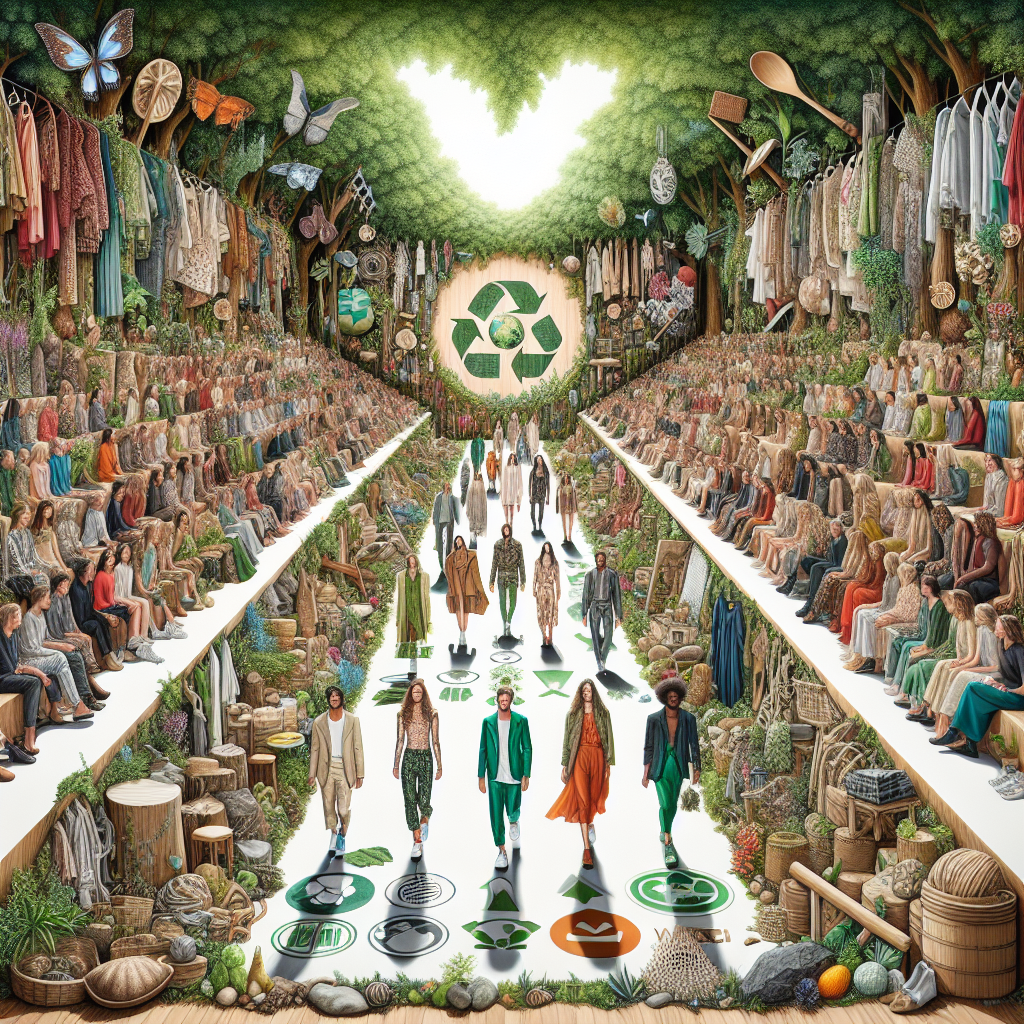How to Master the Thrift Shopping Game
When it comes to mastering the thrift shopping game, there are several key strategies to keep in mind. Firstly, it’s essential to have a clear idea of what you’re looking for, whether it’s a specific clothing item, vintage decor, or unique accessories. By having a focused approach, you can navigate the often overwhelming array of items in a second-hand store with greater ease.
Another crucial aspect of successful thrift shopping is to keep an open mind. Many hidden gems in thrift stores may not immediately stand out, so being willing to explore and try on different pieces is key. In the world of thrift shopping, patience is truly a virtue. It may take time to unearth that perfect find, but the thrill of discovering a unique and high-quality item is well worth the effort.
Furthermore, familiarizing yourself with the different sections of a thrift store can significantly enhance your shopping experience. Whether it’s the clothing racks, bookshelves, or bric-a-brac shelves, understanding the layout of the store can help you navigate more efficiently and increase the likelihood of finding treasures.
Lastly, don’t underestimate the power of regular visits to thrift stores. Stock is constantly changing, so making frequent trips can increase your chances of finding hidden gems. Additionally, building a good relationship with the staff can sometimes lead to insider tips on the best times to visit for new arrivals.
Mastering the art of thrift shopping is a delightful journey filled with excitement and the joy of uncovering unique, affordable treasures. By honing these key strategies, you’ll be well-equipped to navigate second-hand stores with confidence and uncover hidden gems that reflect your personal style and taste.
Unveiling the Secrets of Second-Hand Store Treasures
Thrift shopping, the art of finding hidden gems in second-hand stores, is not just about spotting a great deal; it’s about uncovering the stories behind each item and embracing the thrill of the hunt. Second-hand stores hold a treasure trove of unique and one-of-a-kind pieces that are waiting to be discovered by savvy shoppers. While some may view thrift shopping as a daunting task, seasoned veterans understand the allure of stumbling upon that perfect vintage dress, retro record, or timeless piece of furniture.
The key to successful thrift shopping lies in unveiling the secrets of second-hand store treasures. It’s about honing your eye for quality and recognizing the value in pre-loved items. Beyond the racks of clothing and shelves of homeware, there are stories waiting to be unearthed. From designer pieces to handcrafted treasures, the thrill of finding the unexpected is what makes thrift shopping an adventure.
Each visit to a second-hand store is an opportunity to explore different styles, eras, and craftsmanship. Uncovering hidden gems requires patience, a keen sense of curiosity, and a willingness to sift through the unexpected to find that diamond in the rough. Whether it’s a unique piece of jewelry, a rare vinyl record, or a vintage handbag, the joy of thrift shopping lies in the serendipitous discoveries that await those with a discerning eye.
Ultimately, the art of thrift shopping is about more than just acquiring goods; it’s a journey of exploration and appreciation for the history and artistry of each item. By unveiling the secrets of second-hand store treasures, thrift shoppers can experience the satisfaction of finding something truly special while promoting sustainability and reducing waste in the process.
The Thrill of the Hunt: Finding Fashion Gems in Thrift Shops
Thrifting has become a popular and exciting way for fashion enthusiasts to unearth unique and stylish pieces at a fraction of the cost. The thrill of the hunt for fashion gems in thrift shops lies in the unexpected discoveries and the sense of adventure it offers. As thrift stores constantly receive new items, each visit presents an opportunity to find something truly special.
Shoppers can experience the excitement of finding high-quality, designer, or vintage items that may no longer be available in traditional retail stores. Whether it’s a timeless leather jacket, a one-of-a-kind accessory, or a retro dress, the thrill of stumbling upon these hidden treasures is unparalleled. The satisfaction of knowing that you’ve found an exceptional piece while also being mindful of sustainability and reducing waste adds an extra layer of fulfillment to the experience.
Moreover, the thrill of the hunt extends beyond clothing and accessories. It encompasses the joy of discovering unique home décor items, rare vinyl records, or valuable books. The element of surprise and unpredictability makes every thrift shopping excursion an adventure, where the reward is not just the item itself, but the story behind its discovery.
Ultimately, the art of thrift shopping goes beyond obtaining budget-friendly items; it’s about relishing the exhilarating journey of exploration and the anticipation of what hidden gems one might unearth in the treasure troves of second-hand stores.




